World War II brought about a period of rapid innovation and experimentation. While there were a number of revolutionary discoveries, vehicles, and projects, they weren’t all winners. In the blog this week, we’re taking a look at some of the not-so-great ideas that the war birthed.
Sun Gun/Heliobeam
As the name might imply, the Sun Gun was not so much a gun as it was, theoretically, a giant mirror launched into space. Its alternate name, the “heliobeam”, was an orbital weapon that was researched by Nazi Germany during World War II. The weapon was originally proposed by Scottish mathematician John Napier in the 16th century as a means to destroy the pope. While this plan did not work out, Napier was the first to mathematically theorize geo-stationary orbit.
Several hundred years later, German physicist Hermann Oberth went to draw up plans for a space station. This station was to house a 100 meter-wide concave mirror that could be used to reflect the sun’s light onto a concentrated point on earth, much like a magnifying glass. A little later on, a group of German scientists at a research center in Hillersleben further tweaked Oberth’s original idea. The Sun Gun, part of the space station, would be 8,200 km above Earth. It would be made of metallic sodium and would be 9 km2, with enough power to boil an ocean or fry a city.
An earlier version, and more land-based: the Archimedes mirror. By Giulio Parigi
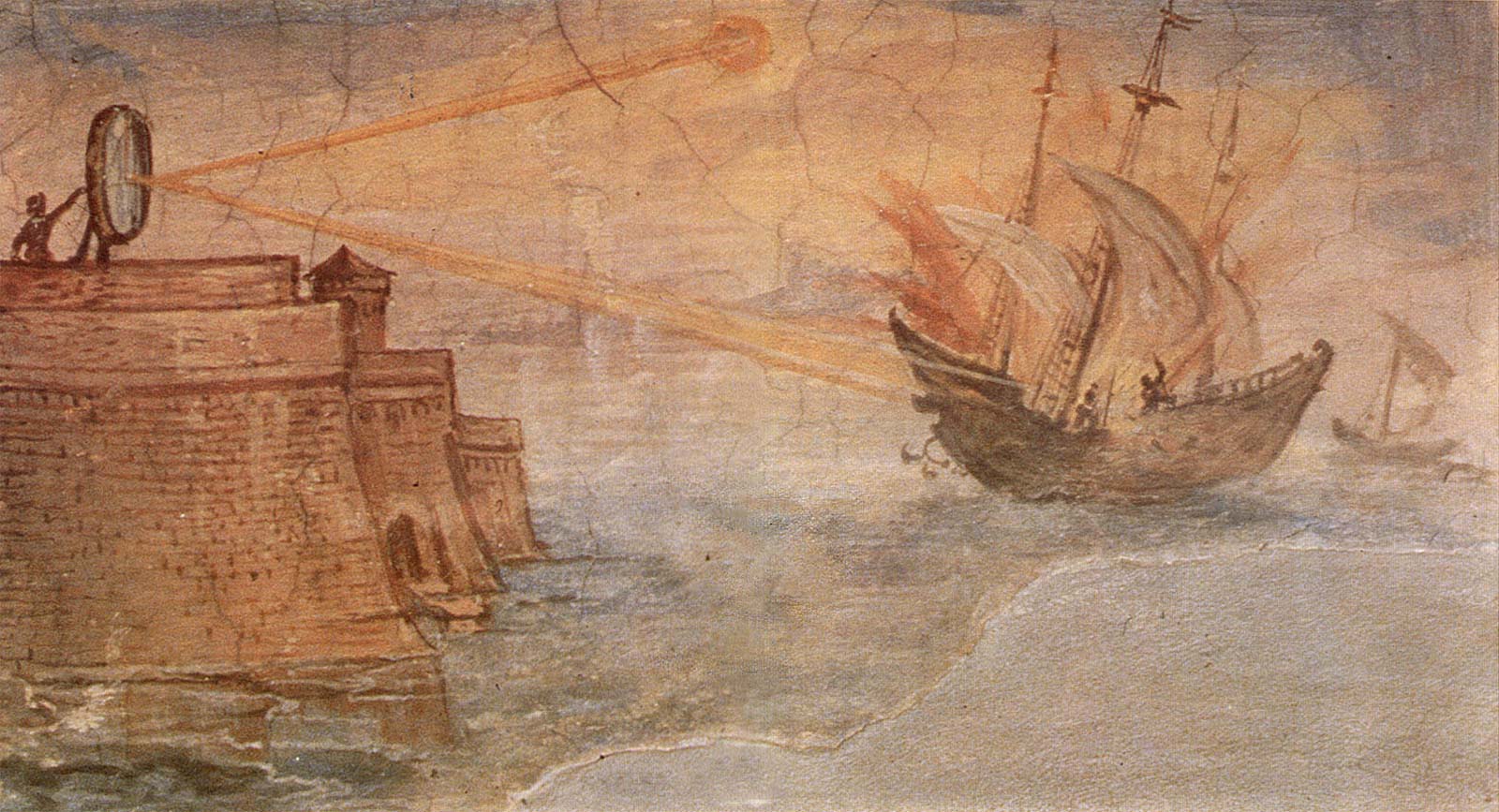
So, how long would it take to construct the heliobeam? The Germans claimed it would only take 50 or 100 years. Not long at all.
The Krummlauf
While there were several so-called “periscope” rifles developed during World War I as a response to the conditions of trench warfare, some varied in their success. These weapons were developed by numerous sides during World War I, but they were being utilized by the end of 1914.
A notable example was Beech’s periscope rifle, which was invented in 1915 during the Gallipoli campaign by a British-born Australian soldier, Lance Corporal William Beech. He modified a standard Lee-Enfield 300 rifle, cutting the stock in half, then connected the two halves with a board and mirror periscope. Beech then horizontally aligned the sights of the rifles, used a string to pull the trigger, allowing it to be fired from within cover.
However, we are talking about failed weapons. The Krummlauf (“curved barrel”) was an example that did not work so well. This bent barrel attachment for the Sturmgewehr 44 assault rifle was developed by Germany in World War II. Like Beech’s and other’s rifles, it included a periscope sight for firing around corners.
The Krummlauf on display at the Wehrtechnische Studiensammlung in Koblenz, Germany. By Der rikkk
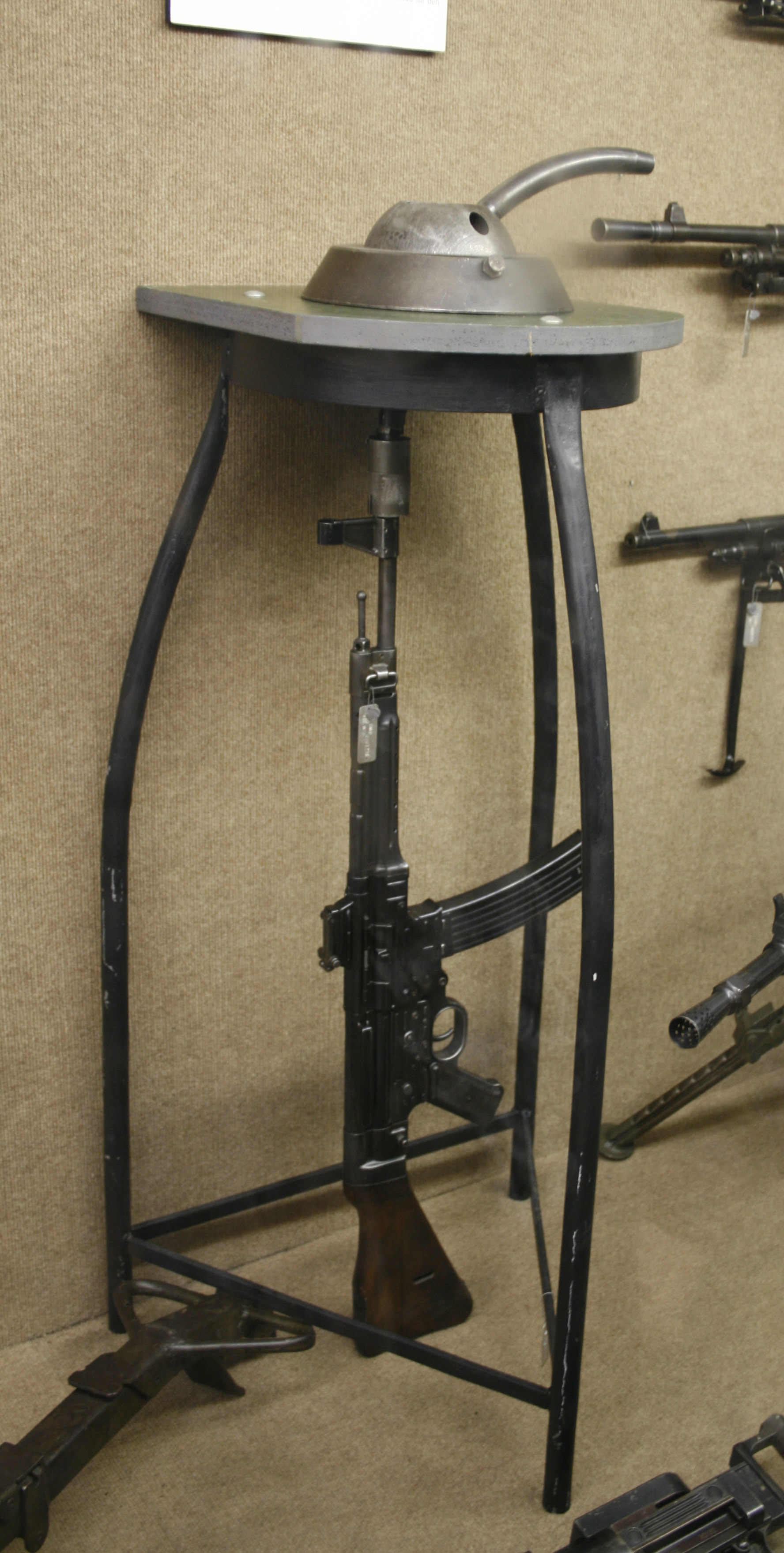
The problems with Krummlauf included its large attachment, meaning the barrel and bullets came under great stress, causing bullets to shatter and exit the barrel in multiple fragments. This was more like a shotgun than a rifle. Ultimately, the weapon had a very short lifespan.
Brewster Buffalo
Aircraft became a more dominant force in World War II, which meant that the need for faster and more powerful planes became a key factor in achieving aerial dominance. The Brewster F2A Buffalo was an American fighter aircraft which saw service in early World War II. It was designed and built by the Brewster Aeronautical Corporation, and was one of the first U.S. monoplanes, including an arrestor hook and other modifications for aircraft carriers.
F2A-3s serving as U.S. Navy training aircraft at NAS Miami, 1942-1943. By USN
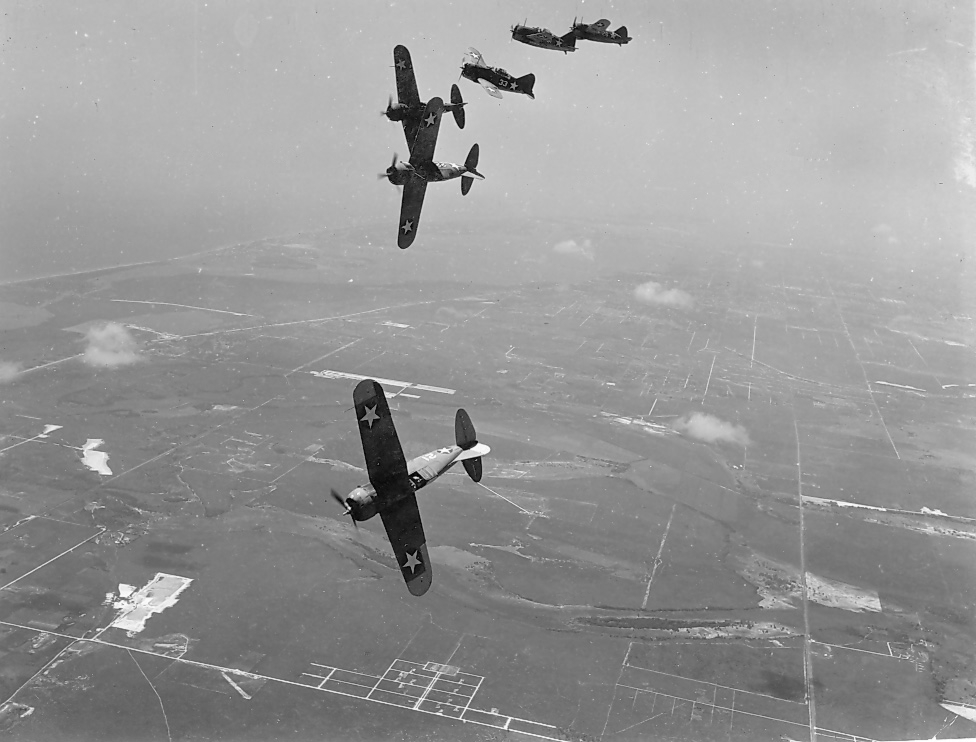
The Brewster Buffalo arrived with its fair share of problems, however. The craft was made largely obsolete with its introduction into the war because it was unstable and overweight. This made it easy prey for the famed Japanese Mitsubishi A6M Zero. Despite this, the Buffalo was used by several nations, including Finland, Belgium, Britain and the Netherlands, with Finland achieving minor success with the craft.
Maus
There were a number of strange tanks produced during World War II, and we’ve covered them on the blog before. However, there is always time to talk about the Maus, the German heavy tank that was the heaviest fully enclosed fighting vehicle ever built. However, only two hulls and one turret were completed before advancing Soviet forces captured the Maus’s testing grounds.
There were two prototypes built, one with and one without a turret, which went through trails in late 1944. In total, the vehicles was 10.2 meters long, 3.71 meters wide, and 3.63 meters high. It weighed 188 metric tons—that’s around 29 elephants.
Maus at the Kubinka Tank Museum. Credit to Superewer
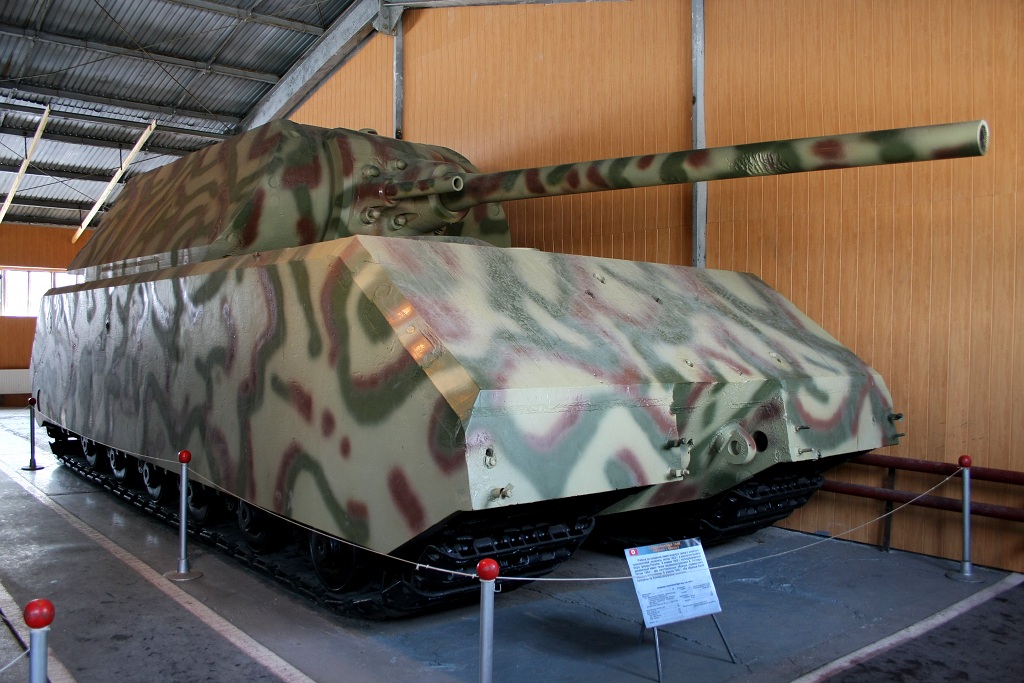
The main problem with the Maus was that it required an engine that was powerful enough to move the tank, but also small enough to fit inside the vehicle. Because it was far too heavy to cross bridges—breaking them—it was fitted with a snorkel to cross rivers and could submerge up to a depth of 8 meters.
Project Habakkuk
Geoffrey Pyke was an unorthodox inventor whose ideas could be somewhat difficult to implement. He came to the public’s attention after escaping from a German internment camp during World War I.
In 1942, Pyke was tasked with figuring out how to stop ships from icing over in Arctic waters. He, with the help of other colleagues, wrote a 232-page memorandum. This document suggested a number of uses for ice and super cooled water (water cooled below freezing point). His most audacious suggestion was to construct gigantic “aircraft carriers” made of ice. This meant that Pyke’s aircraft carriers could allow huge vehicles to take off and land—more than any other craft was capable of.
The M29 Weasel, another of Pyke’s creations. By Jake68046
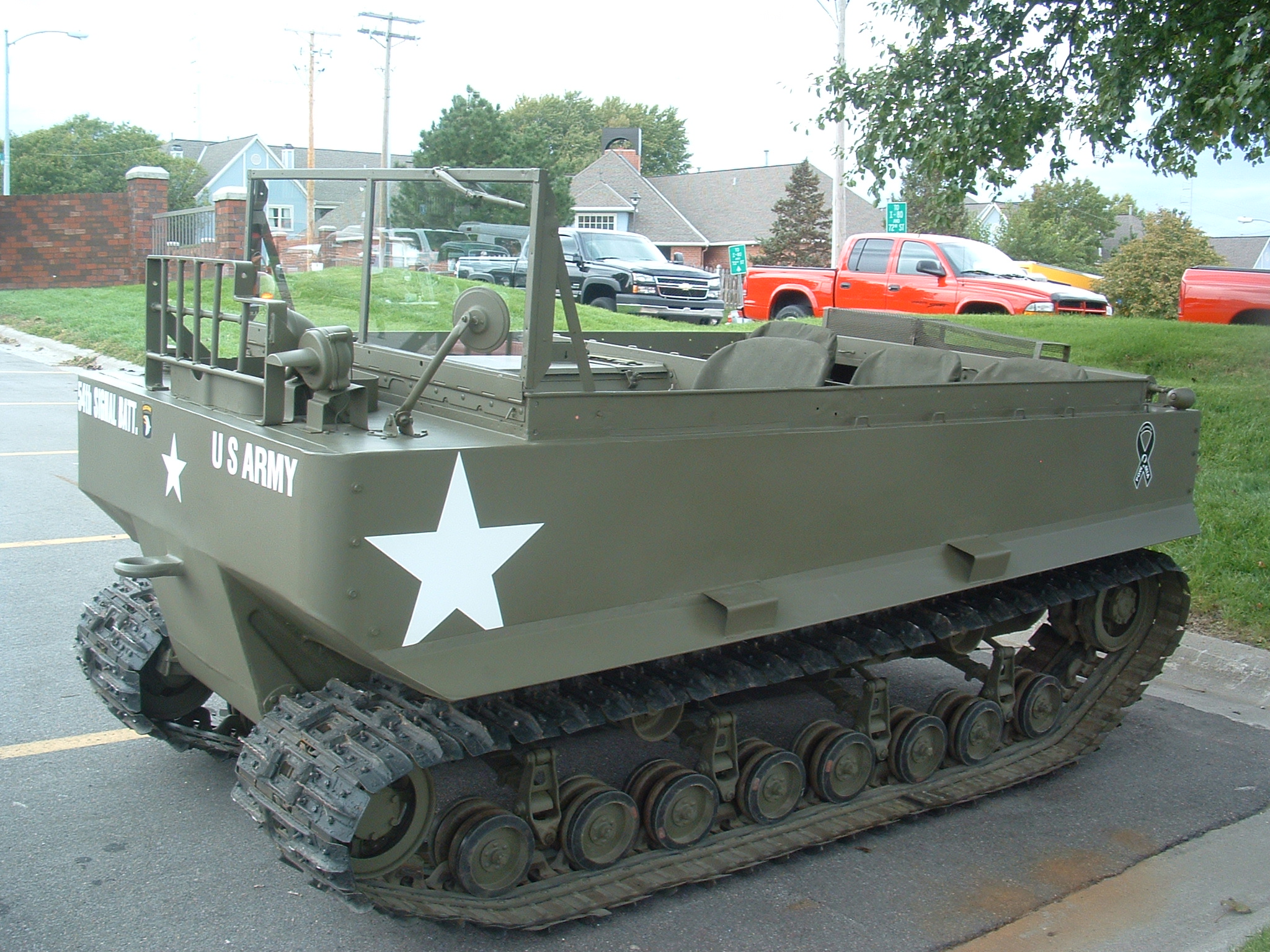
However, despite this project being pushed through with the highest priority, the project would fail because ice cut from ice floes is too thin. Icebergs were also unsuitable because their surface above the water was too small.
Fire Balloons
A fire balloon or “Fu-Go” was hydrogen balloon capable of carrying an antipersonnel bomb or incendiary bomb over the Pacific Ocean by using the jet stream. They were cheap to produce, and were meant to be drop bombs on American and Canadian cities, forests, and farmland.
The Fu-Go was the first ever weapon that possessed intercontinental range. At the time, the strikes on America using these devices were the longest ranges attacks that ever took place in the history of warfare. This record was not broken until Operation Black Buck in 1982, during the Falkland Islands War.
Shot-down fire balloon reinflated by Americans in California. Credit to Bkwillwm
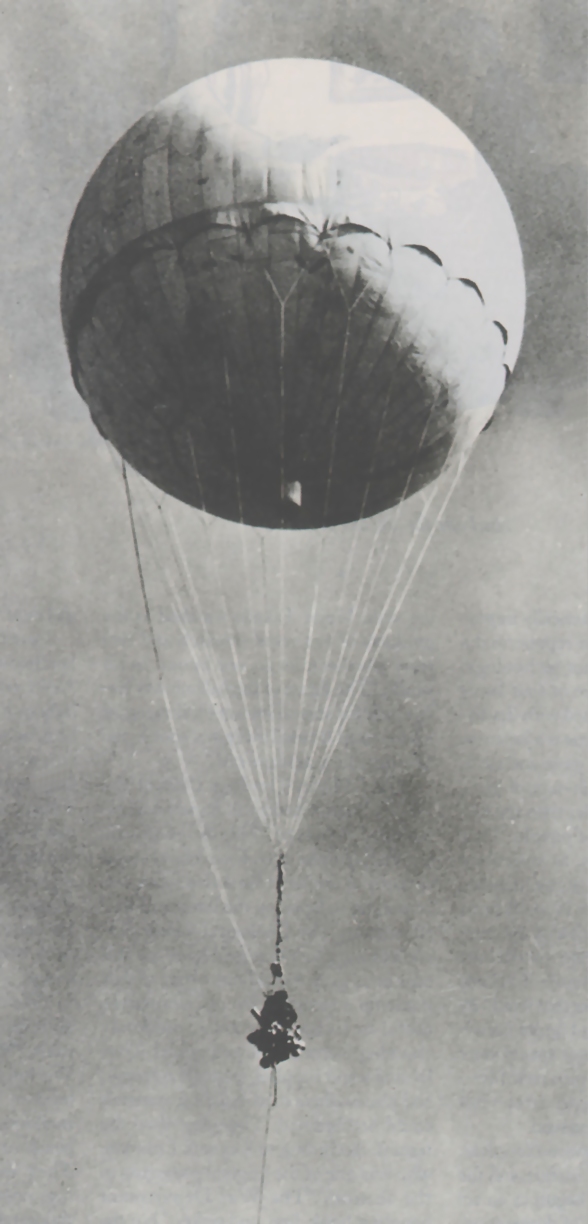
Over the project, over 9,000 balloons were launched, with the Japanese expecting around 10% to reach their intended targets. There were only around 300 balloons observed in America, with the consensus being that they landed in largely unpopulated areas. In 1945, the last balloon launched and the project was abandoned. The expense of the project was very large, and B-29s had destroyed two of the three hydrogen plants the project required.